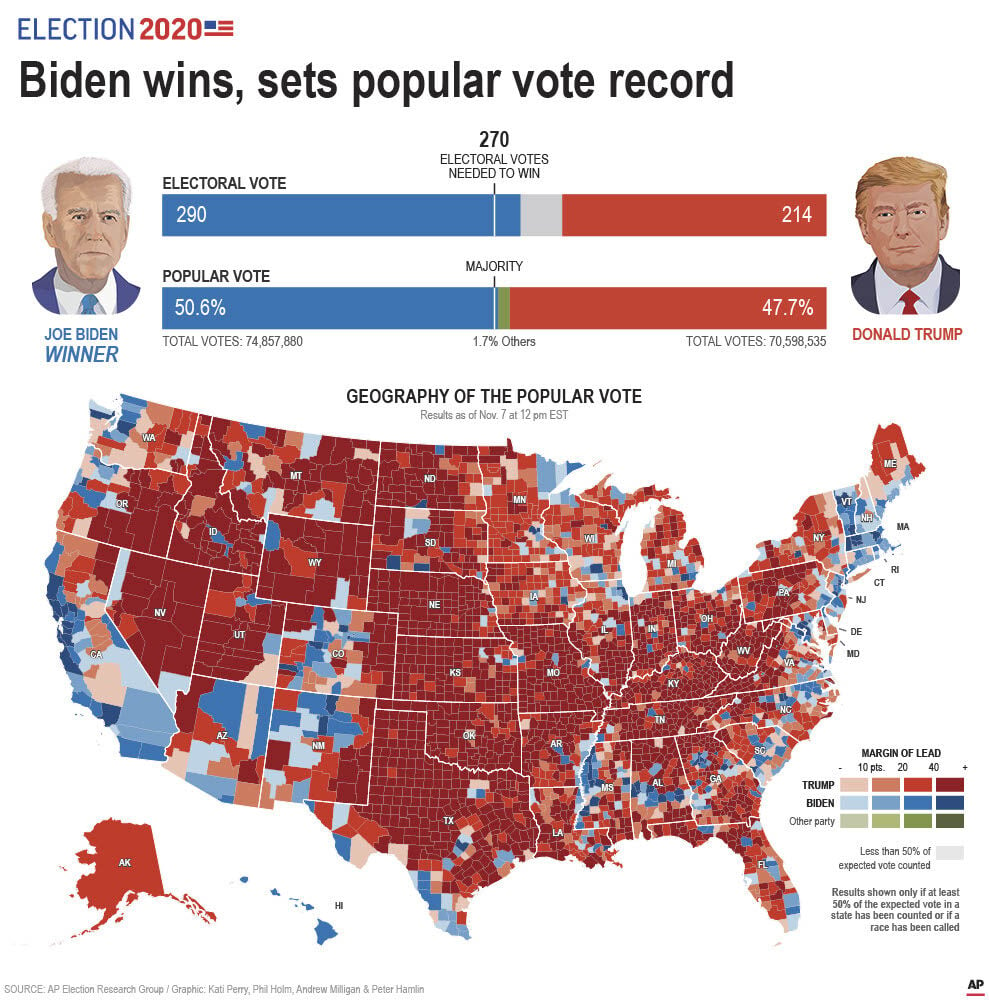
The first thing we note about this breakdown is that the statewide changes in the vote between 20 were seen in both groups of counties. president in 20 in Texas' 244 least populous counties. The 2020 presidential election was the closest out of the last six, but whether the pendulum is still on the downswing or whether it is approaching the height of its leftward arc is yet to be seen. It should also be remembered that in 19, the Republican margins of victory were only 3.5 percent and 5.0 percent, respectively. Either way, the "other" vote in 2020 was so low that there is not much more room for Democrat gains to be made from it in future elections. This hypothesis requires more data in order to make an analysis. One might also suppose that Biden did better than Trump in winning votes from people who voted independent or third-party in 2016. Whether this is becoming a trend that will play out in future elections would seem to depend on whether the recent increases in voter turnout will continue, or whether turnout will taper off. In other words, there is no evidence that the Republican Party is losing support from returning voters, but there is evidence that most new Texas voters are more likely to vote Democrat. The data from 20 suggests that it is the latter. The key factor is whether more previously Republican-leaning voters are starting to vote Democrat, or whether a larger percentage of new and first-time voters are voting Democrat than Republican. Reflecting the national average, "other" candidates received fewer votes even in this high-turnout election, so their share of the vote was cut substantially.ĭoes the change in the Republican margin of victory in Texas from 15.8 percent in 2012, to 9.1 percent in 2016, to 5.8 percent in 2020 indicate a trend towards a less Republican-leaning electorate? It may.Biden received many more votes than Clinton and also substantially increased his share of the vote.Trump received many more votes than in 2016, but he did not quite maintain the same share of the vote.Turnout was up in Texas by 25.8 percent in 2020 compared to 2016 and compared to 15.2 percent nationwide.The bottom line is that the higher voter turnout that helped Biden nationwide helped him even more in Texas, where the increase in turnout was even greater. The one way that Texas differed from the nation when comparing Table 1 to Table 2 is that Trump's share of the popular vote in Texas diminished slightly, down from 52.4 percent to 52.2 percent. Both Trump and Biden significantly increased their popular vote numbers, while third-party and independent candidates lost votes. Turnout was up sharply - more than 25 percent. Texas followed the nation in most other respects. When compared with other states, Texas was just as much of a right-leaning state in 2020 as in 2016, but the nation as a whole leaned more left, which brought Texas closer to the center. Note that Trump's performance in Texas compared to the nation as a whole actually improved from 2016 to 2020. In 2020, Trump's margin in Texas was 5.8 percent, which was 11.6 points above his national average.

In 2016, Donald Trump had a 9.1 percent margin over Hillary Clinton, which was 9.5 points above his national average.

Texas has voted Republican in every presidential election since 1980, and the Republican candidate always does better in the share of the popular vote in Texas when compared to the nation as a whole. Biden received a majority of the popular vote in 2020, which Clinton did not do in 2016.



 0 kommentar(er)
0 kommentar(er)
